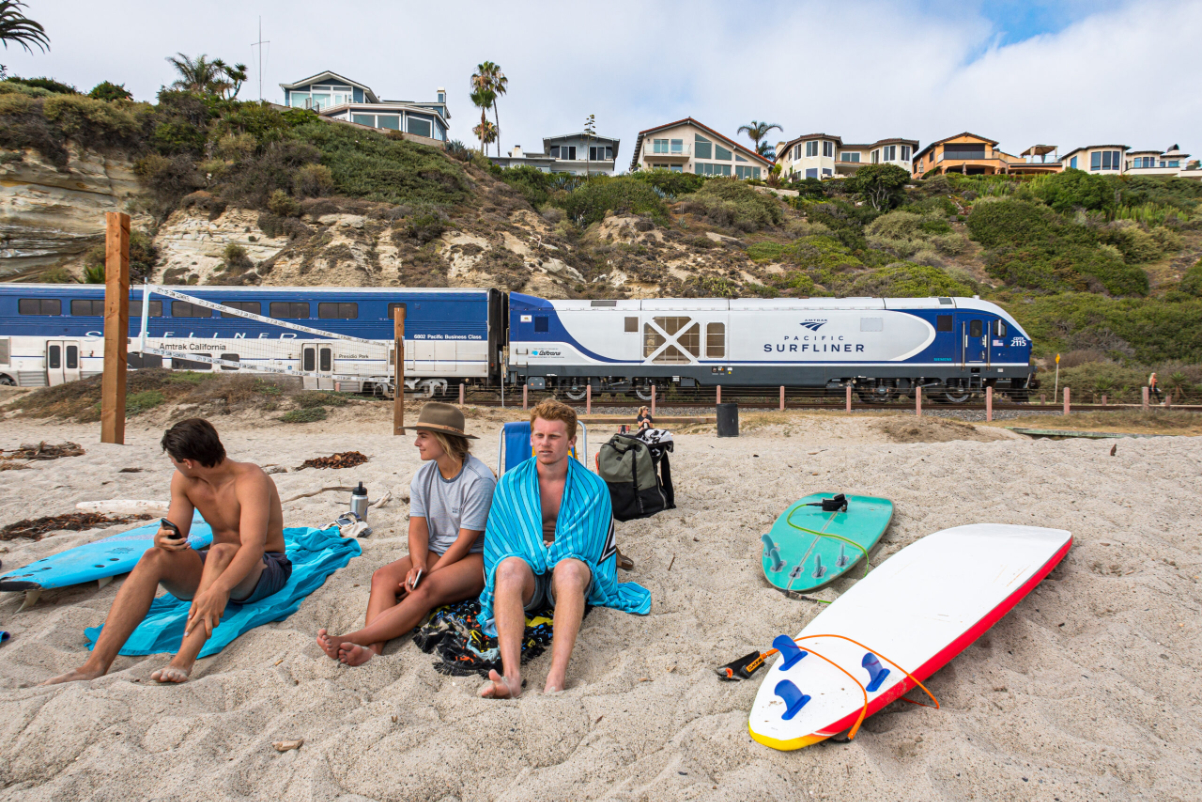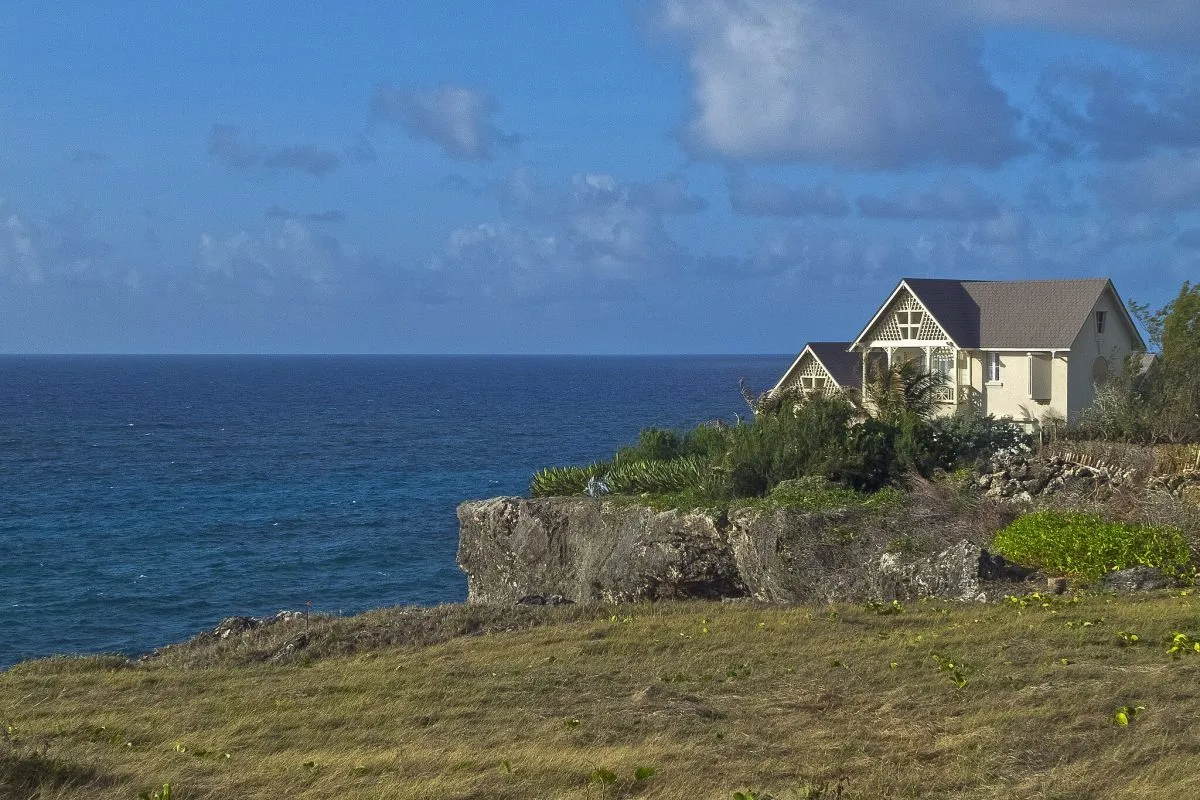Amtrak Posts Record Ridership – Can it Double by 2040?

Skift Take
Amtrak carried a record 32.8 million passengers in fiscal year 2024, marking a 15% increase from the previous year as the national passenger railroad pursues an infrastructure overhaul.
The U.S. government-owned corporation reported healthy revenue for the past fiscal year ($3.6 billion) but said it's still operating at a loss ($705 million).
In an interview with Skift, Eliot Hamlisch, Amtrak's chief commercial officer, said the corporation continues to work toward profitability but declined to provide a timeline.
"We continue to pursue breakeven from a train operations perspective and are working hard each and every day to do our best to get there," Hamlisch said.
Rail Investment
The results came as Amtrak aims to double ridership by 2040, a goal that hinges on $4.5 billion in capital investments now begun — ranging from bridge replacements to station renovations. The federal government has committed $10 billion in grants to Amtrak for projects in the coming years.
Key infrastructure projects include replacing the 151-year-old Baltimore & Potomac Tunnel in Maryland and modernizing stations along the Northeast Corridor, Amtrak's busiest route.
Long-Distance Train Growth
Long-distance routes saw ridership rise 8% overall to 4.2 million passengers in the fiscal year through September. While some routes, like the California Zephyr and Pacific Surfliner, showed strong gains, others, including the Auto Train, experienced declines.
"When you consider our long-distance network, you might assume the vast majority of customers are taking trains for long-distance purposes," Hamlisch said. "It's actually quite the opposite."
A majority of passengers use long-distance trains for shorter journeys, such as visiting relatives, rather than end-to-end travel. So the railroad focuses on trip segmentation as it plans its network and service.
"What our customers are looking for varies tremendously across the portfolio," Hamlisch said.
New Service, New Routes
Amtrak is expanding its network, launching one new route and extending four others this year. The railroad plans to introduce twice-daily service between Mobile and New Orleans in 2025, marking the return of Gulf Coast passenger service after a 20-year hiatus.
Amtrak's Borealis service between Chicago and St. Paul, Minnesota, debuted this year as an overnight route, carrying 88,000 riders in its first four months of operation since May 21.
"Borealis is overperforming relative to expectations from a ridership perspective, Hamlisch said. "We've hit some milestones earlier than anticipated."
Northeast Train Surge
The Northeast Corridor saw strong growth, with regional trains seeing an 18% gain in ridership year-over-year—outpacing Acela's 9%. In spring 2025, Acela will debut new "trainsets," or train cars in layman's terms.
On the Northeast Corridor between Washington and New York, where Amtrak faces competition from airlines and drivers, Hamlisch emphasized the railway's advantages.
"For travelers looking to go for shorter distances [in the Northeast Corridor], we can be quite competitive relative to planes and or cars," he said.
"We're more comfortable, we're trip time competitive, we're able to get you from the center of one city to the center of another city," he said. "That's not easy to do in a car or possible by plane."
Hamlisch discussed Amtrak's plans at the Skift Global Forum in September in New York City (video below).





